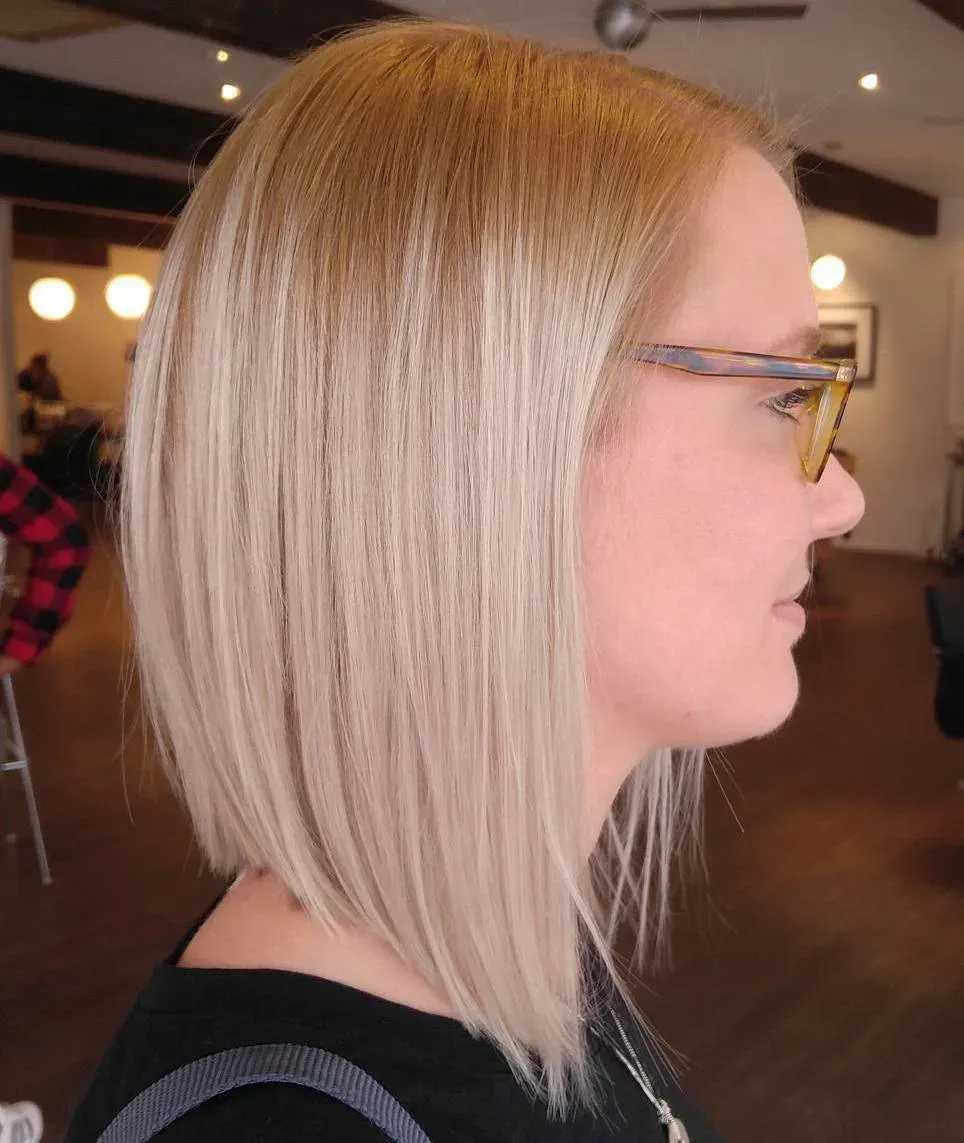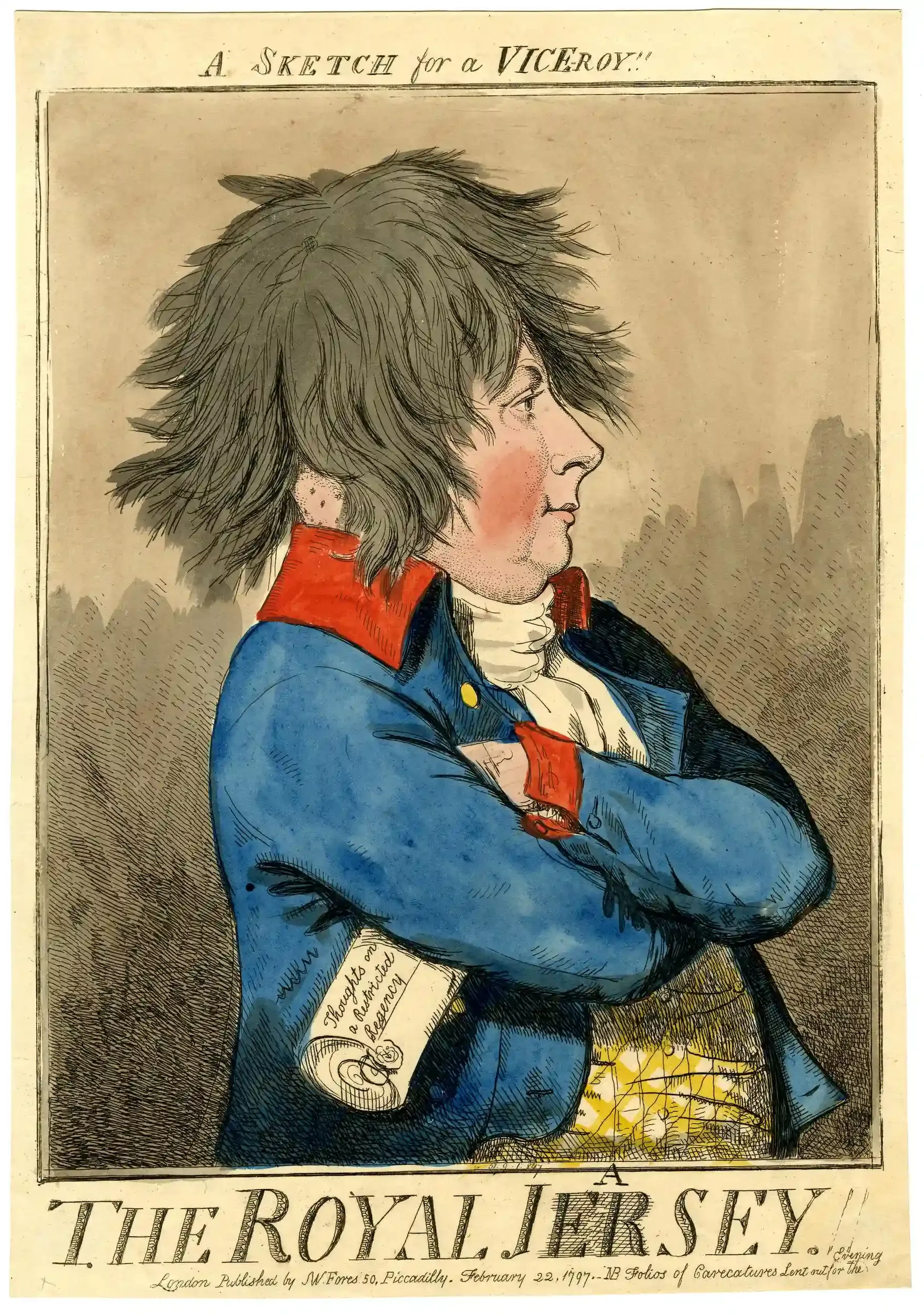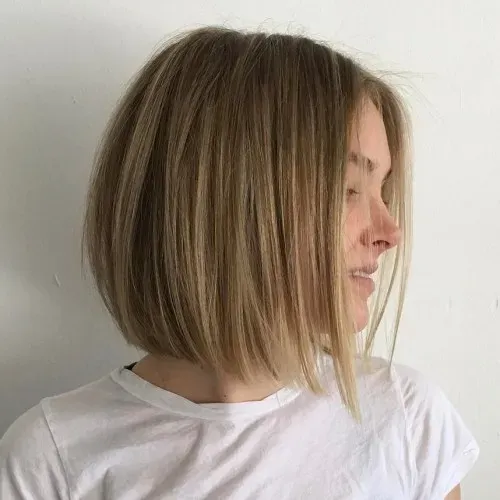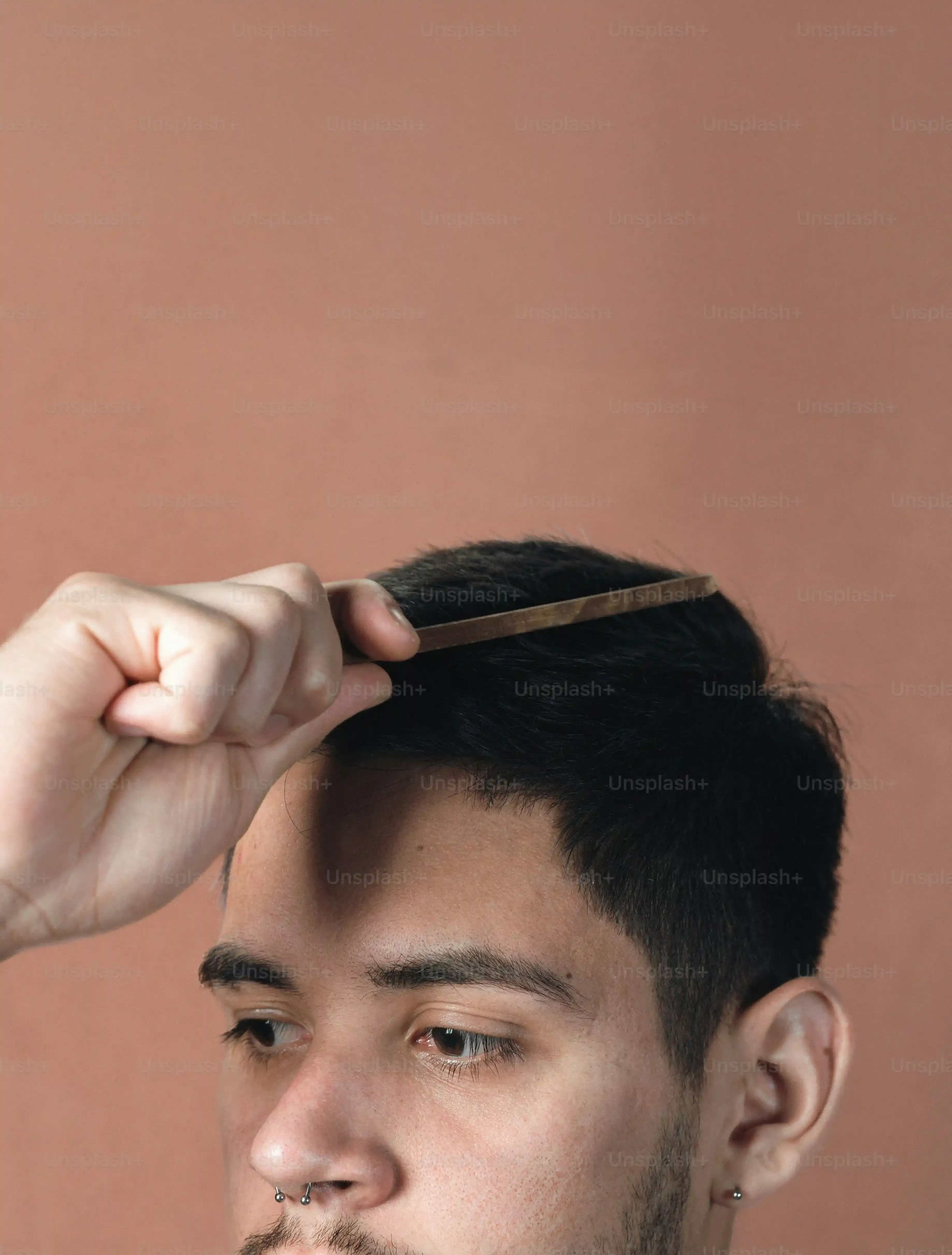Let's be honest: dealing with thin hair can be frustrating. It often feels like whatever you do, your hair just lies flat, lacking body and bounce. Styling products promise miracles but often deliver disappointment, leaving your strands looking limp by lunchtime. You might think longer hair gives you more to work with, but often, the weight just pulls everything down, making it look even thinner. This is precisely why exploring the world of medium bob cuts for thin hair is a smart move. It’s a length that strikes a balance, providing enough hair for styling while being short enough to hold some natural lift. The right medium bob cut isn't just a haircut; it's a strategic decision to create the illusion of fuller, more voluminous hair. We’re not talking about generic cuts here. We're going to look at the specific styles proven to work for fine hair, how to actually style them to maximize volume without ending up with a crunchy mess, and the simple maintenance steps that keep your bob looking sharp. If you're tired of fighting flatness, a well-executed medium bob might just be your new best friend.
Why Medium Bob Cuts Work Wonders for Thin Hair

Why Medium Bob Cuts Work Wonders for Thin Hair
Shedding the Weight Problem
let's talk physics for a second, but like, hair physics. Long hair is heavy. It’s just a fact. When you have fine, thin strands, that weight pulls everything down, flattening it against your head like a sad curtain. This is one of the core reasons Why Medium Bob Cuts Work Wonders for Thin Hair. By cutting the hair to a medium bob length – usually somewhere between the chin and the collarbone – you instantly remove a significant amount of that downward-pulling weight. Think of it like trying to stand a flimsy piece of paper upright; it just flops over. Now, cut that paper shorter, and it has a much better chance of holding its own shape. Your hair works similarly. Less length means less weight, which allows the hair to lift at the root and maintain some semblance of body. It’s not magic, just basic gravity manipulation in your favor.
Building Volume from the Base
Beyond just removing weight, the structure of a medium bob provides a fantastic canvas for techniques that actively create the illusion of thickness. Unlike super long hair where layers can sometimes look wispy and disconnected on fine strands, a medium bob allows for strategic layering or a blunt perimeter that makes the ends appear denser. A blunt cut, for instance, squares off the ends, making the hair look thicker from the bottom up. Layers, when cut correctly within a medium bob shape, can add movement and texture without sacrificing weight at the ends. It's about finding the right balance – enough length removed to encourage lift, but enough left to work with for shaping and building that desired volume. This careful balance is key to understanding Why Medium Bob Cuts Work Wonders for Thin Hair where other lengths might fail.
So, what specific advantages does this length offer?
- Reduced weight allows for natural root lift.
- Provides a solid base for blunt, thickening cuts.
- Accommodates strategic layers for movement and texture.
- Easier to style for volume compared to longer lengths.
- Maintains enough length for versatility (ponytails, etc.).
Finding Your Perfect Medium Bob Cut: Styles That Add Volume

Finding Your Perfect Medium Bob Cut: Styles That Add Volume
Blunt Bobs: The Illusion of Density
so you've decided a medium bob is the way to go. Great choice. Now, which specific flavor of medium bob cuts for thin hair is going to work hardest for you? Let's start with the blunt cut. This one is a classic for a reason when you're dealing with fine strands. Instead of feathering or tapering the ends, a blunt cut means your stylist chops straight across. This makes the bottom edge of your hair look much thicker and fuller than it actually is. It's a visual trick, essentially. Think of a broom – if the bristles are all uneven lengths, it looks sparse. Cut them straight across, and suddenly the bottom looks dense. A blunt medium bob sits somewhere around your collarbone or just above, giving you that weight removal we talked about while creating a solid, thicker-looking base.
Layered Bobs: Strategic Movement, Not Wisps
Now, blunt isn't the only option for medium bob cuts for thin hair. Layers can absolutely work, but they need to be done strategically. Forget those super short, choppy layers on top that just make fine hair look thinner and frizzier. For a medium bob on thin hair, layers should be longer and blended, often focused more towards the ends or around the face to provide shape and movement without sacrificing that crucial weight at the bottom. An A-line bob, which is shorter in the back and angles longer towards the front, is a fantastic example where subtle layers can enhance the shape and give a bit of lift in the back without making the rest of the hair look sparse. It’s about adding interest and texture where it helps, not hacking away at your precious density.
So, when considering your cut, ask your stylist about:
- Blunt cuts for maximum perceived thickness at the ends.
- A-line shapes that build weight in the back.
- Longer, blended layers for movement without losing density.
- Adding subtle texture around the face for framing.
Styling Medium Bob Cuts for Thin Hair: Tips for Maximum Lift

Styling Medium Bob Cuts for Thin Hair: Tips for Maximum Lift
Alright, you've got the perfect cut – maybe a blunt bob or a subtly layered A-line. Now comes the crucial part: making it look like you actually have hair. This is where Styling Medium Bob Cuts for Thin Hair: Tips for Maximum Lift becomes your battle plan. Forget everything you thought you knew about piling on heavy mousses and sprays; that's a one-way ticket to helmet head. The goal is lift and texture without the crunch. Start with damp hair, applying a lightweight volumizing spray or mousse directly at the roots. Don't drag it through to the ends; that just weighs things down. When blow-drying, use a medium round brush and lift sections at the root, directing the heat upwards. Over-drying or using too much heat can make fine hair brittle and flat, so aim for about 80-90% dry, then finish with a cool shot to set the style. Flipping your head upside down for the initial rough dry is also a classic, low-tech way to get some root lift before you even pick up a brush.
- Use lightweight root-lifting products on damp hair.
- Apply product only at the roots, not the ends.
- Blow-dry with a medium round brush, lifting at the root.
- Finish with a cool shot of air to set volume.
- Consider blow-drying upside down for initial lift.
Keeping Your Medium Bob Looking Great: Maintenance Matters

Keeping Your Medium Bob Looking Great: Maintenance Matters
Alright, so you've got the cut, you've mastered the styling (mostly). Now, how do you keep this magical medium bob looking sharp and not like you just rolled out of bed after a wrestling match? This is where Keeping Your Medium Bob Looking Great: Maintenance Matters kicks in. It’s not rocket science, but it requires a bit of commitment. Regular trims are non-negotiable. Thin hair ends can get split and wispy faster than you can say "volume," and nothing makes a blunt cut look sadder than frayed ends. Aim for a trim every 6-8 weeks to keep the shape clean and the ends looking dense. Also, be mindful of your products. Heavy conditioners or styling creams will undo all your volumizing efforts. Stick to lightweight formulas designed for fine hair. And seriously, stop scorching your hair with heat tools every single day. Use a heat protectant spray, and maybe embrace your natural texture or air drying a couple of times a week. Your hair will thank you by not breaking off and getting even thinner.
- Schedule trims every 6-8 weeks.
- Use lightweight shampoos and conditioners.
- Always apply heat protectant before styling.
- Consider air-drying or using less heat.
- Invest in a good quality dry shampoo for in-between washes.
Making the Medium Bob Work for You
So, we've covered the why and the how: why medium bob cuts often hit the sweet spot for thin hair, which styles tend to deliver more lift, and the practical steps to actually make them look good day-to-day. It’s not magic; it’s about understanding how the right length, strategic layers, and specific styling techniques can counteract the natural tendency of fine hair to fall flat. Getting a medium bob isn't a guaranteed fix just by itself. It requires a conversation with your stylist about your hair type and lifestyle, and a willingness to experiment a bit with products and heat tools (used wisely, of course). But done correctly, this haircut offers a real, tangible difference in how full your hair appears, providing a solid foundation for styles that previously felt out of reach. It’s a practical solution for a common problem, offering volume and structure where there might have been none.